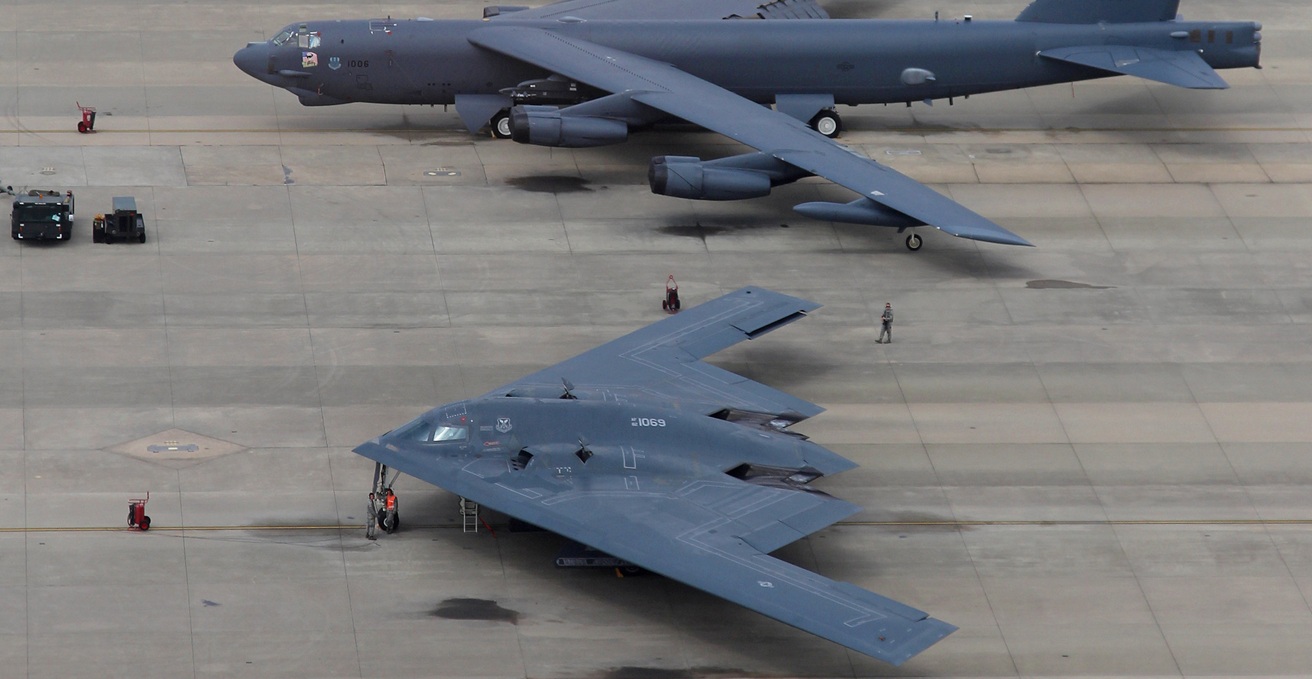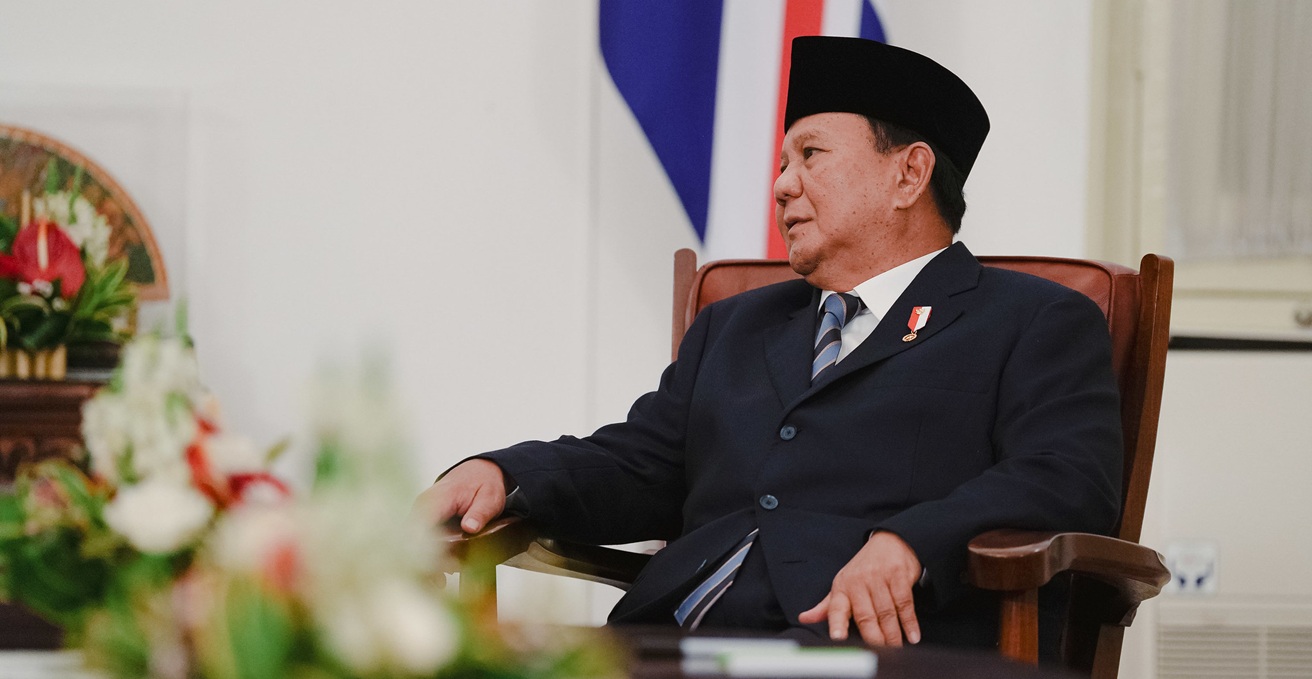The analogy of a new Cold War has been taken up by pundits to draw distinction on the destabilisation of relations between China and the United States. The simplification has its uses, but in the growing rivalry, nuance and understanding is the surer bet.
The claim that the current geostrategic competition between the United States and China amounts to a “new Cold War” is made often in contemporary media by foreign affairs professionals, academics, and practitioners. The US-China trade war in 2017, the US blaming China for the COVID-19 pandemic, and Chinese uproar over Nancy Pelosi’s visit to Taiwan typify the ferocity of the US-China relationship of recent years.
While the growing intensity of US-China relations should not be understated, the idea that a “new Cold War” has begun is misguided. Those who make such a comparison often do so based on loose definitions of cold war and, for many, without due consideration of the defining features of the Cold War. Applying such anachronisms to this highly complex relationship is dangerous and should be avoided.
While definitions of a cold war vary, and academic discourse on the topic is still undeveloped, there are several generally agreed-upon features. A cold war, as defined by the Cold War (1947-1991), is one that takes place in a bipolar international system where both sides possess existential weaponry, are delineated by their fundamental ideological differences in regime type, and perceive gains and losses as zero-sum and as accumulating across time. Existential weaponry is that which, when used, threatens the continued existence of a targeted society, or indeed all of them.
Both the Soviet Union and the United States were pre-eminent, ideologically opposed powers in possession of nuclear weapons. They both engaged in proxy wars, seeking to erode the influence of the other, lesser peripheral states. The same cannot be said for the US and China of today.
The current international system is increasingly defined by multipolar, not bipolar, organisational units. While the US and China are the biggest players in Asia, both in terms of GDP and military expenditure, they are by no means the only ones with influence. Looking to the region, China is surrounded by states with sizeable economies and formidable militaries. Japan, South Korea, and India all play important roles in balancing against a China that is seeking to unilaterally exert its will onto the region.
As China continues to militarise, a host of internal and external issues will impede its ability to wage a cold war against the US. The apparent genocide of the Uighur Peoples, the fight for Tibetan, Taiwanese, and Hong Kong sovereignty, and the continued societal impacts of COVID-19 will all pose significant problems. Like China, the US will face its own challenges, though it will not face them alone. An increasingly polarised political landscape, tension between social groups, and a highly visible insurrection have beset the US in recent years. Yet because of its complex network of friends and partners, the US is able to lean on its allies in times of weakness and instability and lead them in times of prosperity and strength in ways that China cannot.
During the Cold War, the bipolarity of the international system manifested in each side’s respective alliance architectures. Many of these institutions remain for the US today. America also maintains a “special relationship” with almost every state in the world. Within the Asia-Pacific, the US continues to pursue closer relations with Japan, South Korea, the Philippines, Australia, and Thailand — all of which are formal treaty allies.
In contrast, China has many neighbours, few true friends, and even fewer allies. It maintains a treaty alliance with North Korea and has beneficial relations with Pakistan. The Chinese Communist Party’s (CCP) hyper-nationalistic ideology and disinterest in international law as it pertains to self-determination and maritime and territorial sovereignty inhibit its ability to forge new relationships. Such a vision for a common future for mankind is hardly persuasive.
Military capacity and the aid of allies will be crucial determinants in the event of a conflict between the US and China in Asia. In the event of violent conflict, the US will face China with a coalition of dependable and long-standing allies. Because the Taiwan question surrounds China’s pre-eminence in the Asia-Pacific, China will likely stand in relative isolation upon the outbreak of conflict.
The Cold War, at its most basic level, was the fight over the ideological and economic adherence of subordinate states. Stark differences exist today. China’s Belt and Road Initiative does go some way toward building economic relationships of dependency. However, because the international system of today is not bipolar, there are more options available, and states are more easily able to “opt-out” and go their own way.
In the geostrategic competition between the US and China, the role of ideology has been downgraded. It is true that President Joe Biden’s National Security Strategy frames their competition as one between “democracy” and “authoritarianism” in much the same way as President Harry Truman framed the need to send aid to Greece and Turkey in terms of the fight between “freedom” and “totalitarianism.” But neither China nor the US have sought to export their system of ideological governance to other states in the same manner.
Finally, neither the US nor China perceives gains or losses, indeed the very nature of their competition, as cumulative. During the Cold War, the US and the Soviet Union certainly did. Wars were fought in Korea and Vietnam for fear of the fall of Asia to communism. A similar sentiment pervaded the minds of US policymakers regarding the possibility of Europe being subsumed by Soviet communism. The notion of dominoes falling came to define US logic during this time.
But Taiwan is no domino. In the event of a war over Taiwan, it is unlikely that the fall of Taiwan would lead to the fall of Asia to CCP ideology. It seems apparent that the division between military hawks and doves on whether Taiwan is worth fighting for emerges based on where one stands on the question of what happens after Taiwan.
Because the trajectory of US-China competition is vastly different to that between the US and the Soviet Union, contemporarily misapplying the term “Cold War” may lead some to think that a policy of containment is fit for purpose, despite the lack of an ideology that necessitates containing an aggressor. While containment may yet be a sensible policy option, such a claim should be made on its own merit, not on its performance in an altogether different strategic competition that occurred under different circumstances.
Avoiding the term when thinking about US-China relations will enable policymakers to avoid historical preconceptions and formulate genuine, precise, and fit-for-purpose responses to the geopolitical conditions of today.
Jackson Skinner is a Bachelor of Philosophy – Humanities and Social Sciences student at the Australian National University. He is also the President of the ANU Politics, Philosophy and Economics society, a sub-editor at the East Asia Forum and an intern at the AIIA National Office. His research interests include Asia-Pacific security and Australian foreign policy.
This article is published under a Creative Commons Licence and may be republished with attribution.




